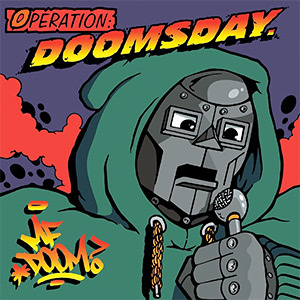
It’s hard to determine exactly what “art” is. It’s even harder to determine what art should be, if it should necessarily be anything at all. I’m really only good at understanding music as art, and in my experience, the best music is that which translates one’s experiences and thoughts on the world into sound. Great music comes from interesting, creative individuals who come from interesting places, either physically or mentally, and musical artists in similar places have, throughout music history, grouped themselves into genres.
Hip hop arose in the 1970s with one of the highest bars for quality in music, coming out of cities that have always needed voices and fostered vast creativity. Suddenly the disenfranchised and voiceless had an outlet where they could share their individual experiences with crime, violence, desperation, and hardship without industry connections or instrumental prowess, and people would listen and connect to it. As it turns out, a lot of people, all around the world, could connect to or enjoy this music, and the genre began to commercialize and hit the mainstream, where, some would say, the core of the genre started to decay.
This was the state of hip hop in 1999 when Daniel Dumile released his first full-length solo album Operation: Doomsday as MF DOOM. Even a cursory listen of this album would reveal to you just how special it is. The sample-heavy and comic book-themed composition is revolutionary, and it goes without saying that DOOM’s technical ability is unparalleled. But the true reason this album is noteworthy to me is the epilogue. It outlines how everything contained in the album—standard hip hop subjects like the evil of the city, the frustration of relationships, his desires and restrictions— are all “just metaphors” that “describe symbols in folklore.” This is the thesis of hip hop, individuals using symbols and tropes to share stories of their world. “Fools rush in… / And are ashamed to deviate… / From the norm, they are slaves, forced to conform / To really find your essence… / Break away from the rest of them.” This is the thesis of DOOM. The rejection of the commercialization of hip hop, the counter to the identity that stardom makes for an artist, DOOM opts instead to make his own identity and maintains the genre as an art form.
MF DOOM’s discography is as much an exercise in worldview as it is in character or technical ability. Whether it be through three-headed monsters, rambunctious teen supervillains, or… food, all of his music is dedicated to exploring the world in which he was born, “Into hospitals which are so expensive that it’s cheaper to die / Into lawyers who charged so much, it’s cheaper to plead guilty / Into a country where the jails are full and the madhouses closed.” MF DOOM’s goal was to explore and discuss his world on his own terms. If that’s not the essence of art, I don’t know what is.
